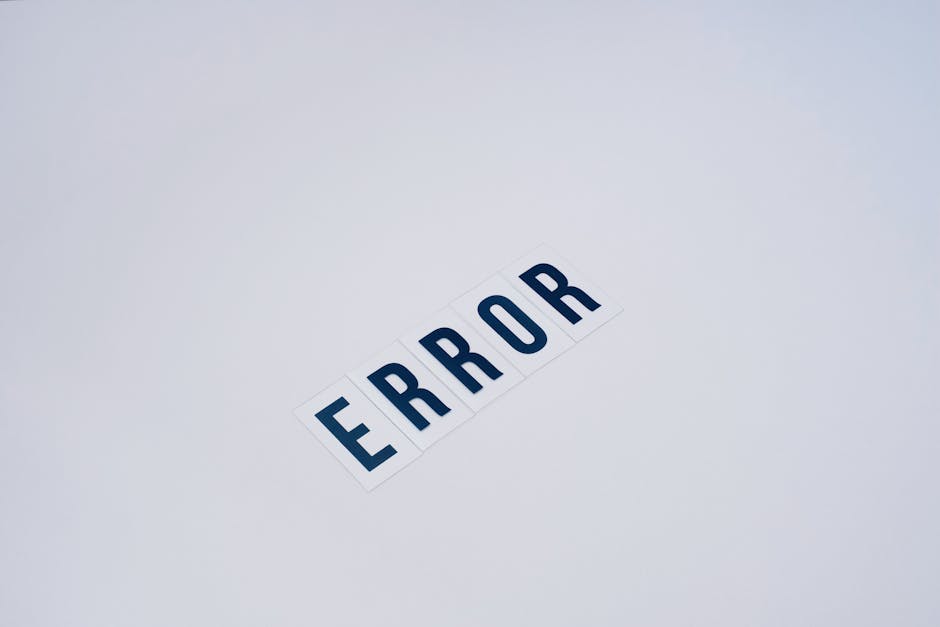Best Practices for Handling 404 Errors and Redirects in Technical SEO

Encountering 404 errors on a website can be frustrating for users and detrimental to a site's SEO performance. These errors occur when a page cannot be found, often due to broken links or deleted content. Properly handling 404 errors and implementing redirects is crucial for maintaining a positive user experience and preserving search engine rankings.
Understanding 404 Errors
A 404 error is an HTTP status code indicating that the server could not find the requested resource. Common causes include broken links, mistyped URLs, or deleted pages. These errors can negatively impact user experience, leading to higher bounce rates and decreased site engagement.
From an SEO perspective, 404 errors can signal to search engines that a website is poorly maintained, potentially affecting its ranking. Therefore, identifying and addressing these errors promptly is essential.
Identifying 404 Errors
Regularly monitoring your website for 404 errors helps prevent them from accumulating and impacting SEO. Tools such as Google Search Console and Screaming Frog SEO Spider can identify broken links and missing pages.
These tools provide detailed reports on URLs returning 404 errors, allowing you to take corrective action. Additionally, monitoring server logs can reveal instances where users encounter 404 pages.
Implementing Effective Redirects
Redirects are critical for guiding users from old or broken URLs to the correct pages. The two primary types of redirects used in technical SEO are 301 (permanent) and 302 (temporary) redirects.
| Redirect Type | Purpose |
|---|---|
| 301 Redirect | Permanently moves the URL to a new address, passing most of the original page's ranking power. |
| 302 Redirect | Temporarily moves the URL, indicating that the original page will return in the future. |
A 301 redirect should be used when a page has been permanently moved or deleted. This ensures that any link equity is transferred to the new URL. A 302 redirect is suitable for temporary changes but should be used sparingly as it does not pass full ranking power.
Creating Custom 404 Pages
A custom 404 page provides a more user-friendly experience than a default browser error message. It can help retain visitors by offering alternative navigation options or search functionality.
An effective custom 404 page should include:
- A clear message explaining that the page cannot be found.
- Links to popular pages or the homepage.
- A search bar to help users find what they are looking for.
By guiding users back into your site, custom 404 pages can reduce bounce rates and improve overall user engagement.
Preventing Future 404 Errors
To minimize the occurrence of future 404 errors, consider implementing the following practices:
- Regular Audits: Periodically check for broken links using tools like Google Search Console and Screaming Frog.
- Update Internal Links: Ensure all internal links point to valid URLs, especially after content updates or site restructuring.
- Content Management: Use a CMS that alerts you to potential link issues when updating or deleting content.
- User Feedback: Encourage users to report broken links or missing pages through contact forms or feedback mechanisms.
Proactive maintenance helps keep your site free of 404 errors, enhancing both user experience and SEO performance.
The Role of Structured Data in Handling Redirects
Structured data plays a significant role in handling redirects effectively. By using schema markup, you can provide search engines with additional context about your redirects, ensuring they understand the purpose behind them.
This can be particularly useful when dealing with complex redirect scenarios involving multiple URLs or when merging content from different sources. Implementing structured data correctly can improve how search engines interpret your site's structure and maintain its ranking integrity during transitions.
Handling 404 errors and implementing redirects are vital components of technical SEO. Regular monitoring for broken links, employing effective redirects, creating custom 404 pages, preventing future errors through proactive maintenance, and leveraging structured data are all best practices that contribute to a seamless user experience and robust search engine performance. By adhering to these guidelines, websites can maintain their credibility and visibility in search engine results, ensuring continued growth and engagement from their audience.
The importance of these practices cannot be overstated. Ensuring that visitors do not encounter dead ends on your website not only enhances user satisfaction but also preserves your site's reputation with search engines. Investing time in proper management of 404 errors and redirects is an investment in the long-term success of your online presence.